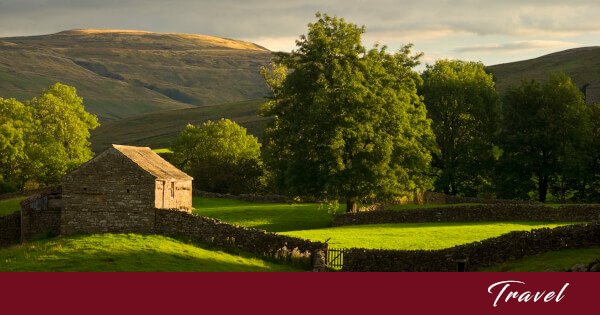If you’ve seen the 2004 movie National Treasure, you’re familiar with Trinity Church. For more than 325 years this historic Episcopal church has served the people of New York City (NYC), especially those in Lower Manhattan where it all began.
The Buildings
The Anglicans (members of the Church of England) didn’t have a church on the island of Manhattan. In 1696, they set out to change that, petitioning New York’s Royal Governor for a charter that would give the church legal status. He granted their request on behalf of King William III in 1697. He also granted the church a lease on 215 acres of land, known as the King’s Farm, to help the church succeed.
In 1698, the church built its first building facing the Hudson River to the west. It remained there until the Revolutionary War when it burned in 1776’s Great Fire. In 1790, the second church building, its steeple reaching 200 feet into the air, faced east and the western end of Wall Street.
Then, in 1839, the church’s roof collapsed under heavy snowfall. Plans to repair the church were soon scrapped and a completely new church was designed and built. This third, and the current, Trinity Church building was consecrated in 1846.
Did You Know…
- As early as the 1660s, long before there was a Trinity Church, the north churchyard ground was a public burial ground. The oldest gravestone that can be read is from 1681. Unfortunately, the 1776 fire destroyed the earlier burial registers.
- England’s Queen Anne made the King’s Farm land grant to Trinity Church permanent in 1705 by giving the church the land.
- The third Trinity Church looks like a 14th-century English parish church, and is thought to be the first and finest example of Neo-Gothic architecture in the U.S.
- Until 1869, Trinity Church’s 281-foot-high steeple made it the tallest U.S. building. It continued to be the tallest building in NYC until 1890.
Income and Funds
Trinity Church’s charter from the King came with one condition—the church must pay a rent of one peppercorn per year. Requiring this fee bound the legal contract, but in those days was seldom taken literally.
To help church members raise money to support their parish, New York’s colonial governor once again stepped in to help. In 1696, the same year he granted the church’s charter, he also granted a patent proclaiming the church had first crack at all shipwrecks and whales that washed ashore in New York Harbor. Both would provide a valuable source of income for the church.
Did You Know…
- “Peppercorn” was a term often used to represent a small payment.
- There is no record of Trinity Church’s annual peppercorn payment ever being made until 1976. That year, when Queen Elizabeth II visited the parish, the rector paid all the church’s back rent by giving her 279 peppercorns. A plaque on the front steps of Trinity Church commemorates the queen’s acceptance of these long overdue rental fees.
- The “Whales and Wrecks” patent granted to Trinity Church is technically still valid today.
The People
Captain William Kidd, the pirate turned Scottish privateer turned pirate, emigrated to NYC in the 1680s. There, he married a wealthy widow and was seen as a respectable citizen. In 1698, when the congregation needed help building the first Trinity Church, Captain Kidd loaned them a runner and tackle, i.e., a pulley system, used by workers to lift heavy stones into place.
U.S. President George Washington attended the second Trinity Church building’s consecration. He and members of his government also regularly attended worship there while NYC was the U.S. capital.
Alexander Hamilton offered legal counsel to Trinity Church in several court cases. His children were baptized there, but there is no record as to how often, if at all, Alexander himself attended services. He is, however, buried in the graveyard.
Trinity Church’s belfry featured a full octave of bells. The novelty of this drew hundreds, then thousands, of New Yorkers to Trinity Church every New Year’s Eve to hear the church’s bell ringer play hymns and popular songs. According to The New York Times in 1876, “Thousands of men, women, and children representing all classes of New York society, from the poorest to the richest, stood quietly enjoying the glorious night and the ringing of the bells.”
Did You Know…
- Captain Kidd never worshiped in Trinity Church. He left NYC before it was completed.
- By 1893, the New Year’s Eve crowds had grown so unruly and loud, the church’s rector cancelled the event. He relented the next year under great pressure. The custom continued until the early twentieth century when the celebration in Times Square took center stage.
Final Thought
If you visit NYC, be sure and take time to see Trinity Church. The beautiful architecture of this nearly 180-year-old building is not to be missed. And neither is its graveyard, where you can step back in time with a stroll through the headstones, as you imagine what life must have been like for these early American colonists, patriots, and citizens.

